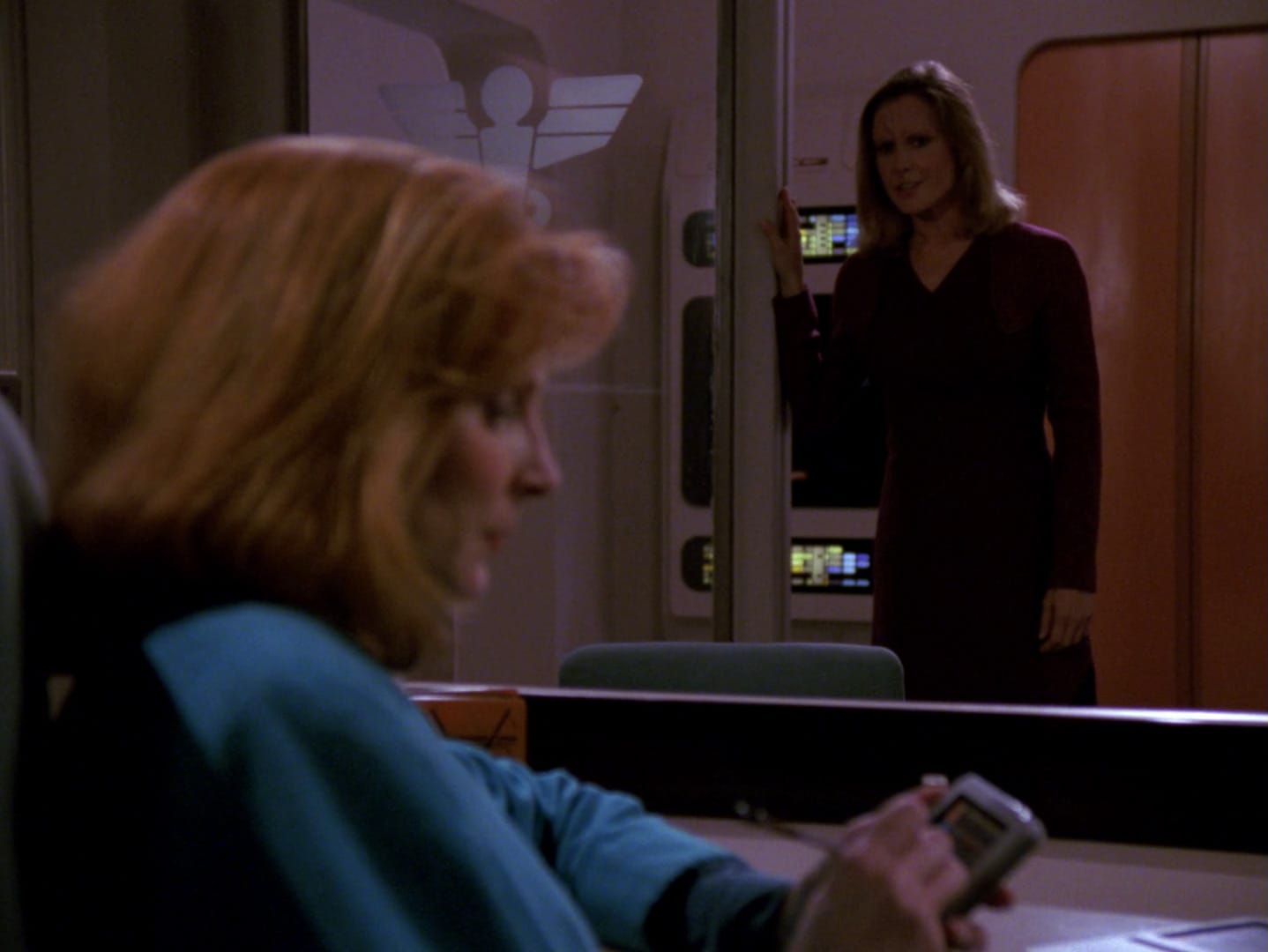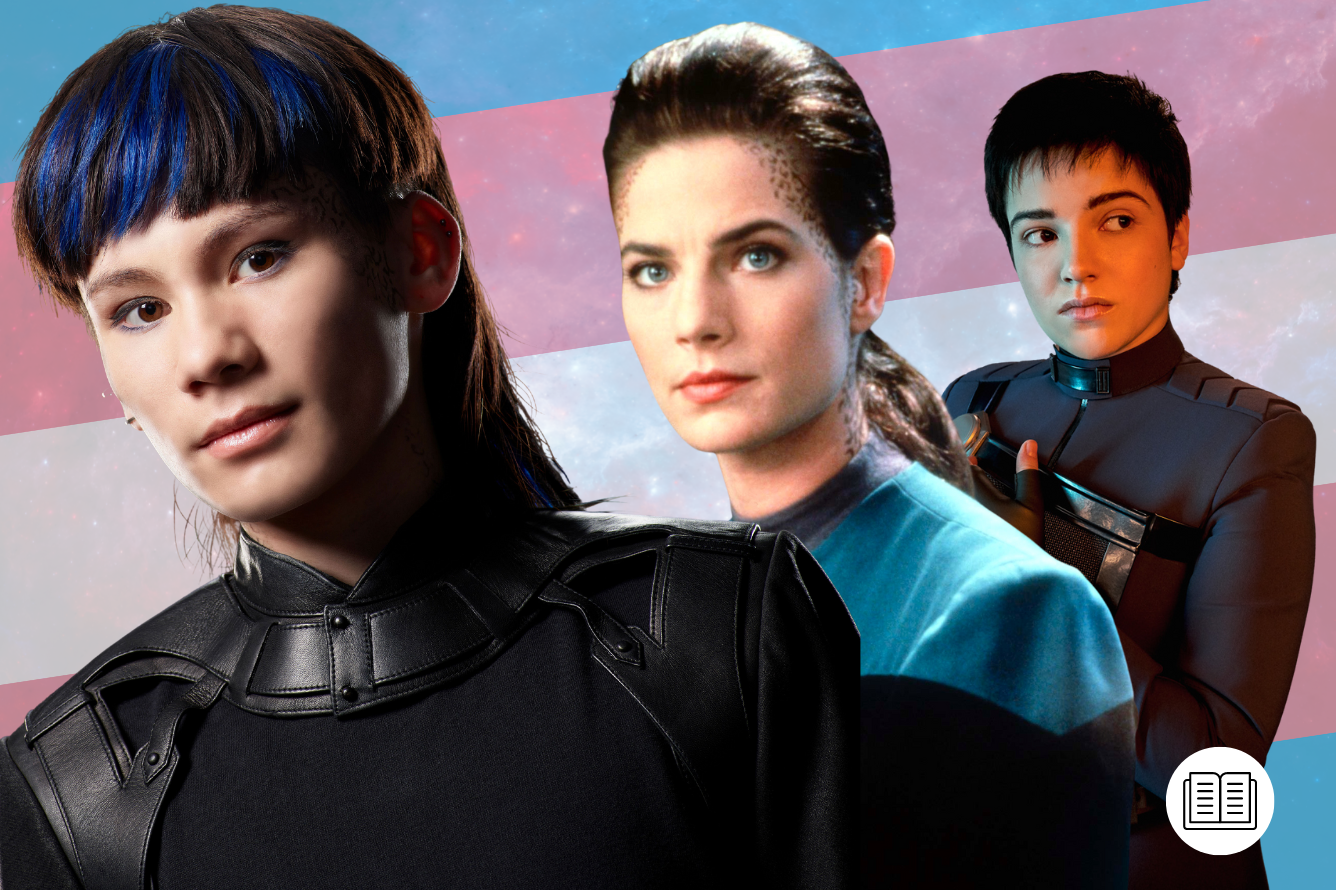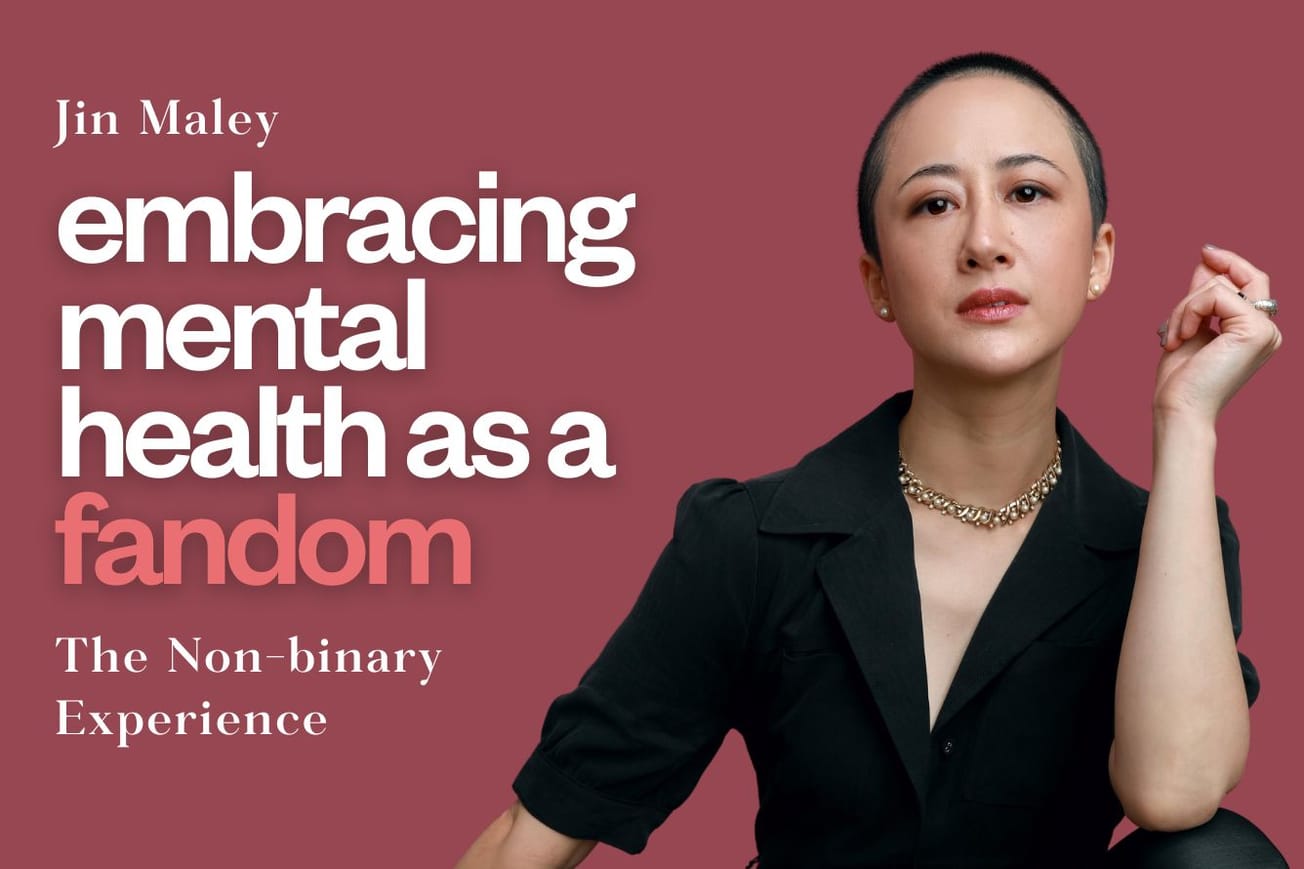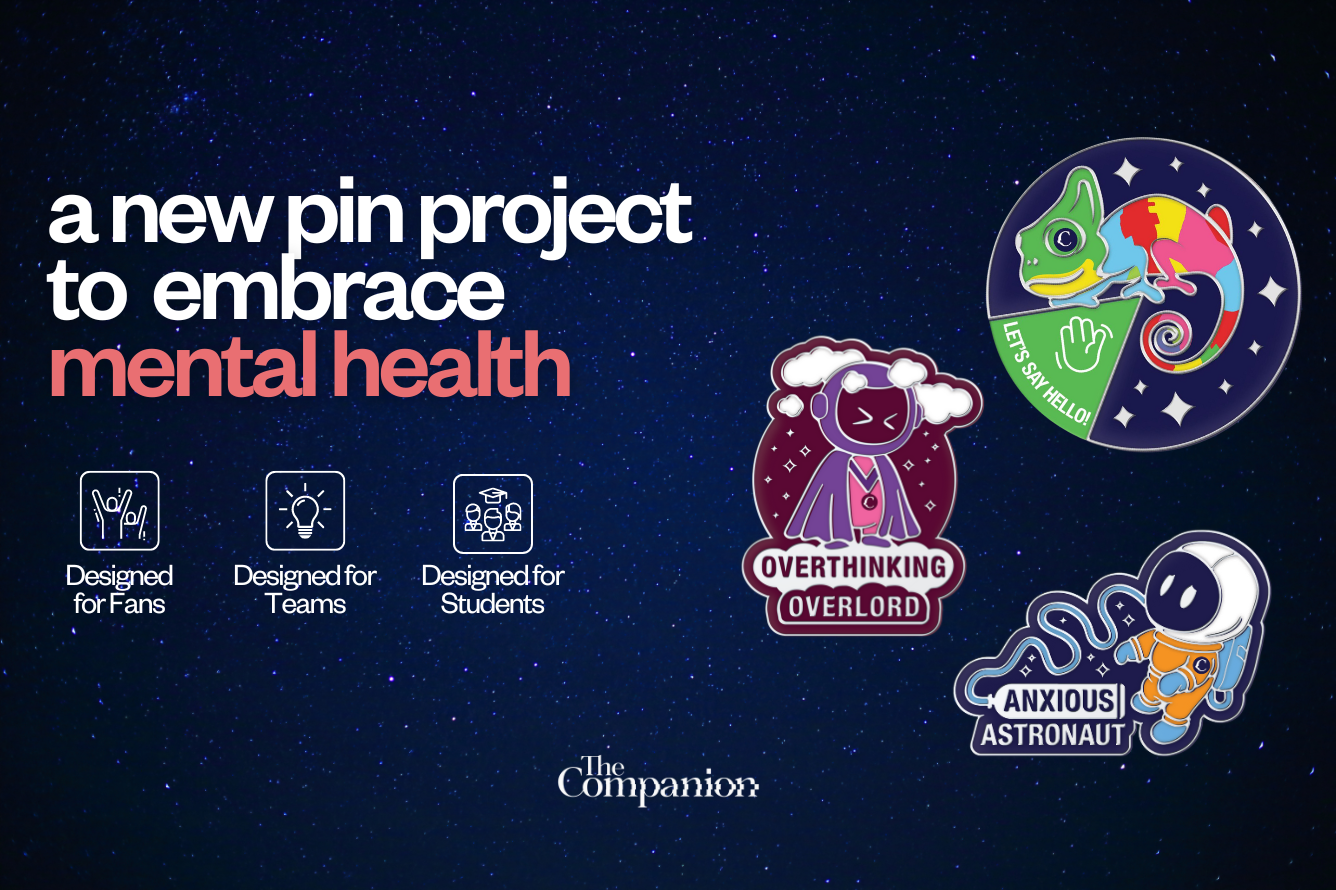It’s often said that science fiction’s visions of the future are more a comment on where we are rather than where we are going. George Orwell’s Nineteen Eighty-Four (1949) bore the scars of the post-War period it was written in, while George Miller’s Mad Max: Fury Road (2015) was laid with more than a bit of climate anxiety.
When asked about her own portrayal of tomorrow in The Handmaid’s Tale (1985), Margaret Atwood said:
“Prophecies are really about now. In science fiction, it’s always about now. What else could it be about? There is no future. There are many possibilities, but we do not know which one we are going to have.”
Historically, Star Trek has always been more optimistic, a place where we can portray the aspirations of society rather than the frailties. Nonetheless, the various shows are subject to the mores of the periods in which they were made, and that’s never more evident than in its inclusion of LGBTQ+ themes (or lack thereof). It would be half a century before the franchise would feature an explicitly gay character, Jon Cho’s Hikaru Sulu in Star Trek Beyond (2016), while the following year offered the first openly gay characters, and couple, in the first season of Star Trek: Discovery. For a universe so often ahead of its time, its representation of Queer communities has been disappointingly delayed.
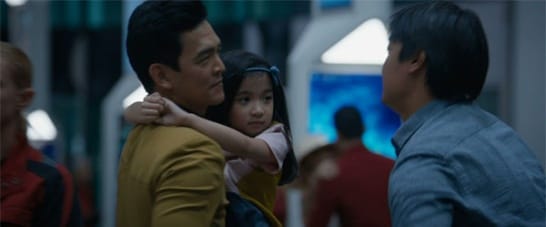
That isn’t to say that there haven’t been characters or storylines that have parallels with LGBTQ+ identities. One of the species that have repeatedly drawn comparisons with the Transgender community is the Trill, a species first introduced in Star Trek: The Next Generation, and one that has been present to varying degrees in Star Trek stories since. Trill are portrayed as a joined species comprised of two separate but interdependent entities: a host and a symbiont. While the host’s body ages and dies as normal, the symbiont moves between hosts and may live for centuries through different bodies. The potential for a symbiont to live in any gender has been a key point of storylines involving the species, leading many to draw parallels with the Transgender community, transition, and attitudes toward gender. As with sexuality, Star Trek has been hesitant over the years to acknowledge that link, arguably due to societal perception of Trans identities at the time.
Further Reading: The Science of Symbionts
Just Like a Trill: The Science of Symbionts | Biologist Irene Garcia Newton explains the real science behind Star Trek’s Trill symbionts.
However, times change, and so does Starfleet. Join us as we use three episodes from Star Trek history to show the implied, and then explicit connections to the Trans community through the years and how, rather than being a show that was slow to change, was a product of the time in which its episodes aired.
Star Trek: The Next Generation episode ‘The Host’
Suppose production executives were skittish about the prospect of a character mirroring a Transgender person. In that case, it may be because the early ’90s did their best to portray the community in a horrific light. The Star Trek: The Next Generation episode ‘The Host’ (S4, Ep23) would air just three months after the release of the film The Silence of The Lambs (1991), portraying the infamous Transgender serial killer Buffalo Bill (Ted Levine). In the years surrounding it, Transgender characters would be used either as a shocking twist (The Crying Game, 1992) or a figure of ridicule (Ace Ventura: Pet Detective, 1994).
Despite the reductive attitude of the mainstream, ‘The Host’s introduction of the Trill has been seen as a Trans allegory since shortly after the episode aired. The episode’s story concerns Dr. Beverly Crusher (Gates McFadden), who is revealed to be in love with Odan (Franc Luz), a Trill ambassador being escorted to mediate between two planets. An accident damages Odan’s host, and he reveals his true nature to Crusher as he pleads for her to save the symbiont. With hours until a replacement can be shipped over, William Riker (Jonathan Frakes) volunteers to be Odan’s temporary replacement, but Crusher is devastated that the man she fell for is now in the body of a friend.
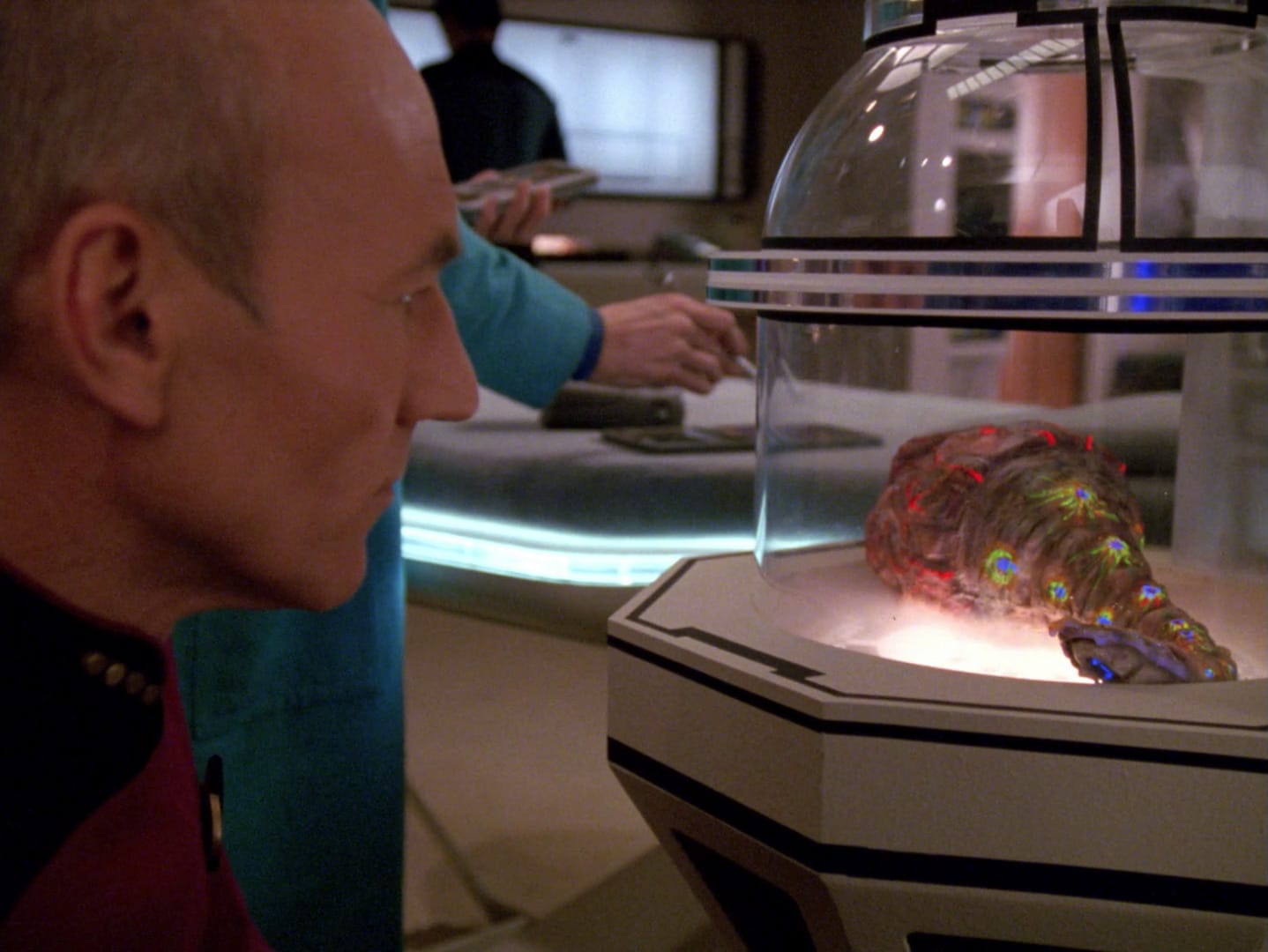
It's in this second act that one can really draw parallels with the Trans perspective. Odan continues to show affection to Crusher in Riker’s body, leading to an angry rebuke from the Enterprise’s doctor. “You should have told me what you were,” she says scornfully. “It never occurred to me,” Odan replies. “This is what I am! Did you ever tell me that you were a single being? Of course not, it was normal to you.” Queer fans will certainly find something familiar in that perspective, where what is perceived as ‘different’ is required to be declared, or justified. The sentiment continues in Odan’s declaration: “You must understand, whoever I seem to be, I am Odan, who loved you. That has not changed.” Shortly after, Crusher consults with empath Deanna Troi (Marina Sirtis), and an interesting discussion emerges where Crusher debates what it is she fell in love with – the physical, or the person who made her feel “completely free.”
Whatever it was, being male seemed to have something to do with it. While Crusher gives in to her feelings for the new host, Riker’s body rejects Odan just after he is able to prevent war. A new host arrives just in time, but to Crusher’s apparent horror, the new host is female (Nicole Orth-Pallavicini). In a rather cold goodbye scene, Crusher tells Odan “perhaps it is a human failing, but we are not accustomed to these kinds of changes. I can’t keep up.” Before adding that “perhaps, someday, our ability to love won’t be so limited.”
